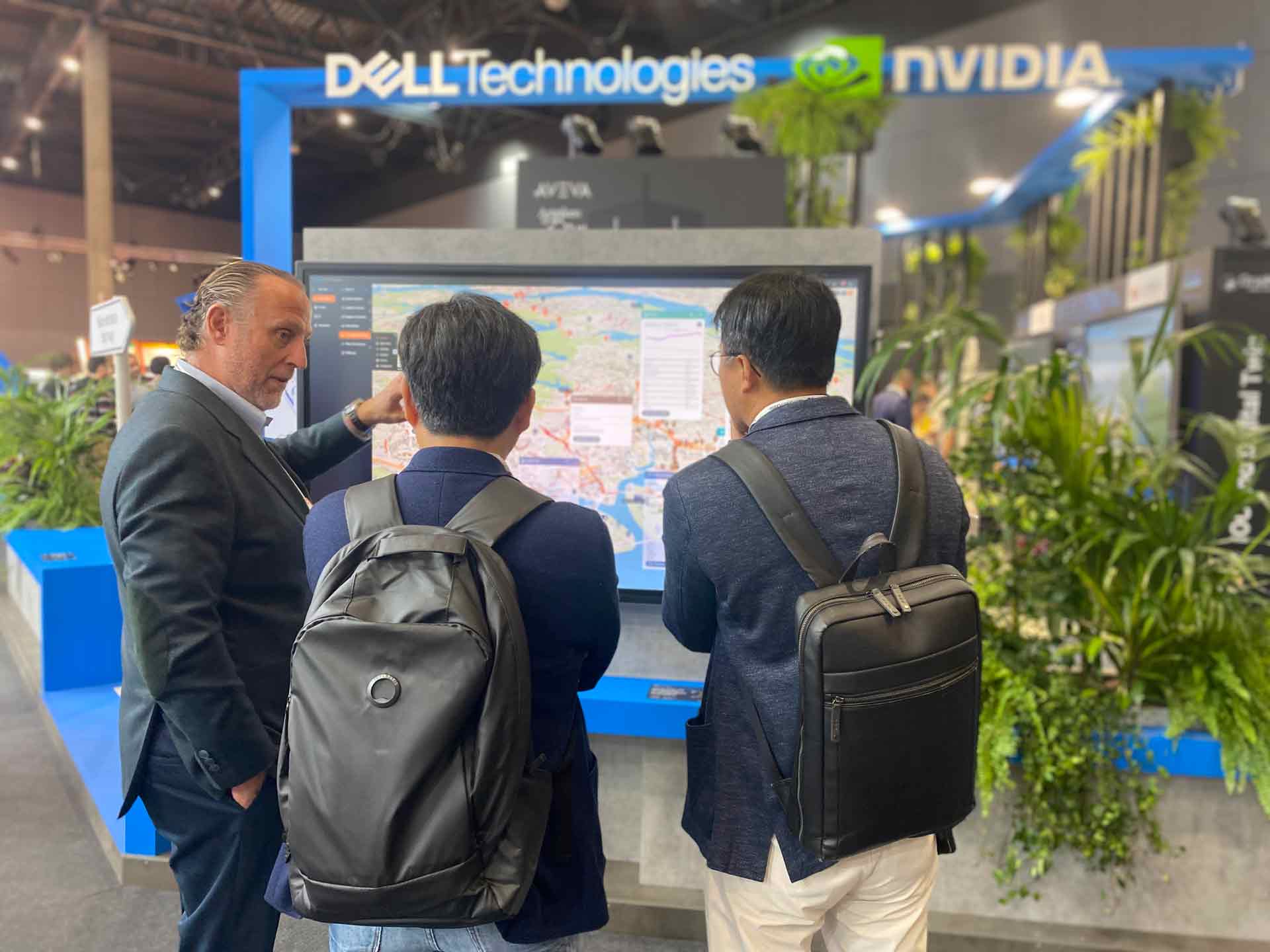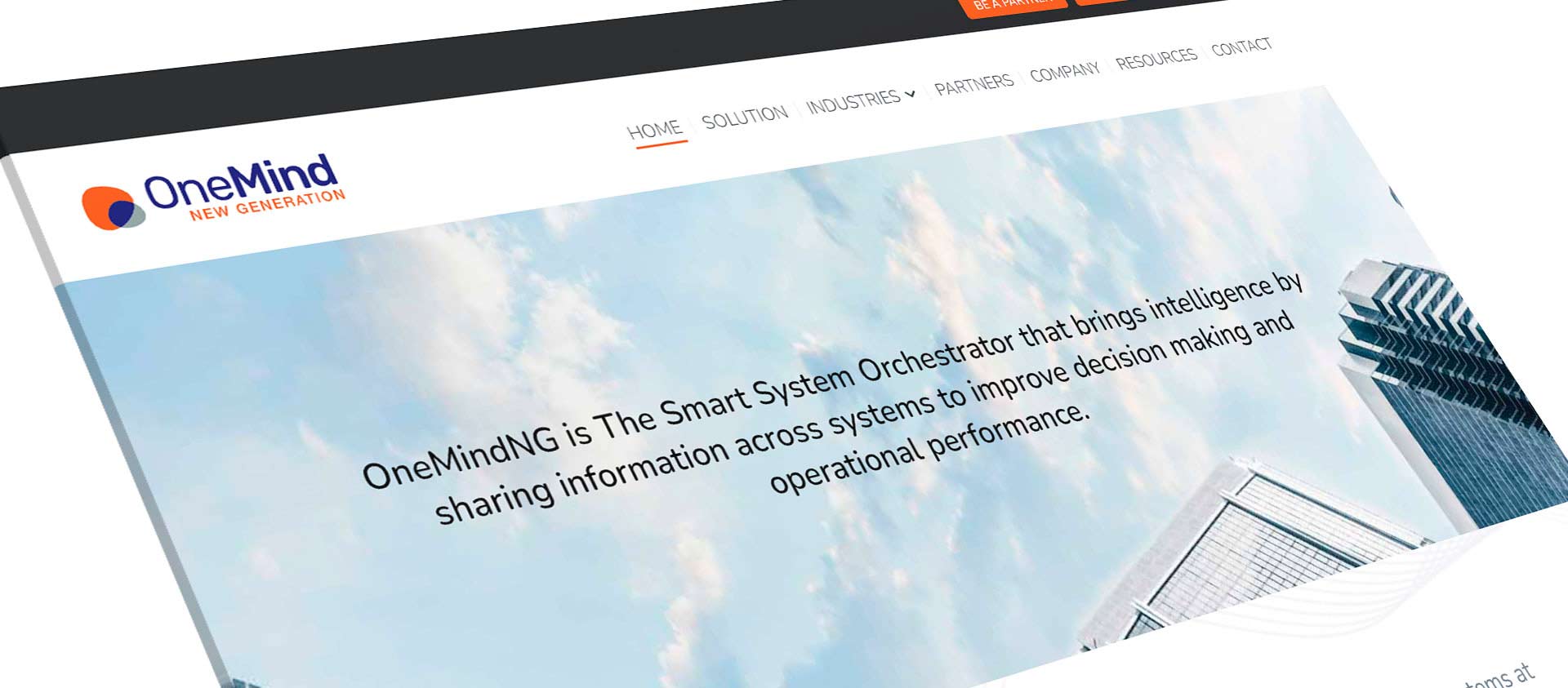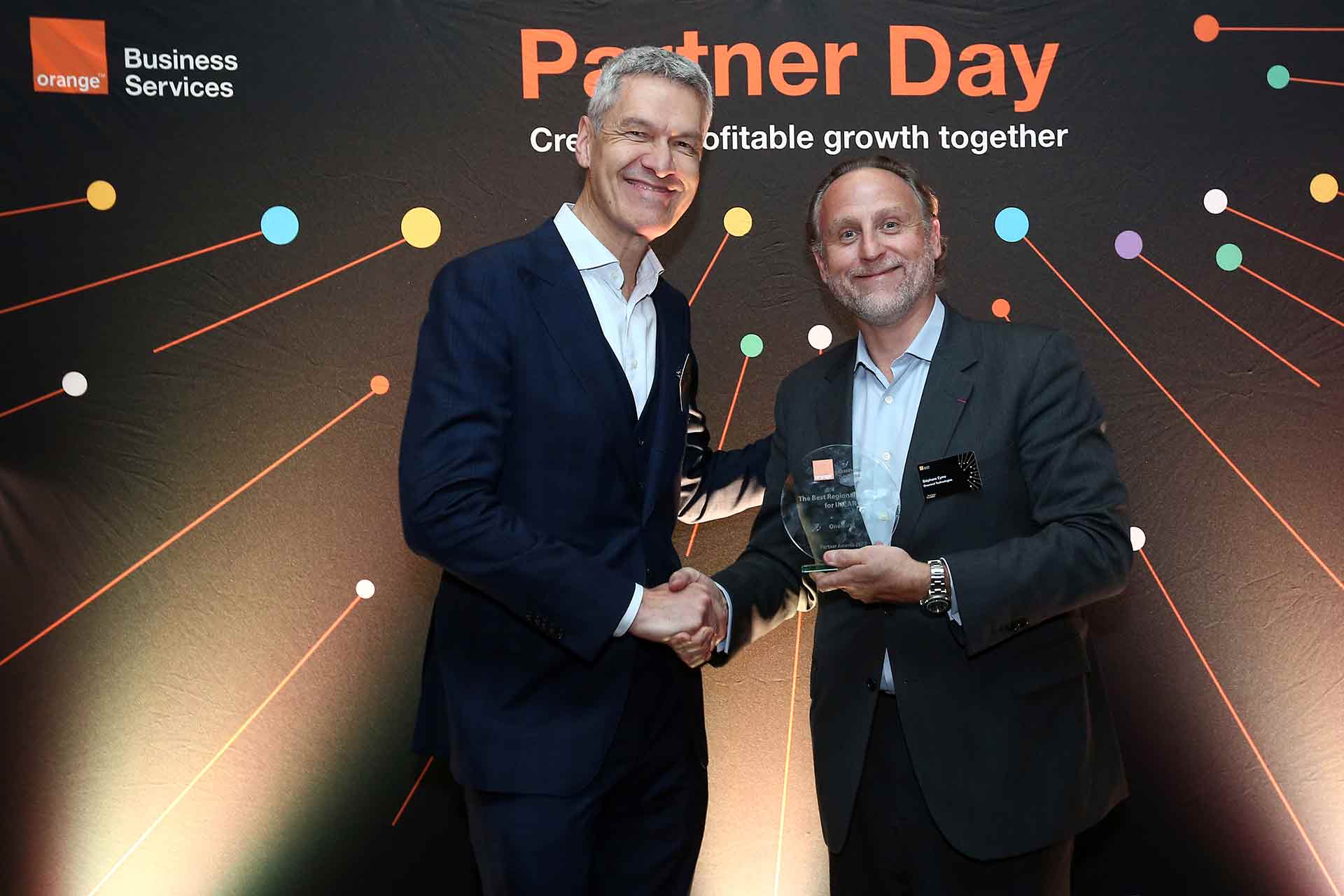Choosing the right IoT solution for your business is not easy. The IoT market remains incredibly fragmented; while some clear leaders have started to emerge, there are still a huge number of smaller vendors offering a plethora of products that can be difficult to fully understand. This can be incredibly overwhelming if you’re looking to invest in an IoT solution. The process of picking the right IoT vendor is often complicated by the lack of clear differentiation between IoT platforms, applications, and solutions. Many vendors have capitalized on the hype around the IoT platform to market their products as platforms, when in fact they frequently offer only a fragment of what a platform technically is.
Without knowing the exact differences between the varying kinds of IoT products out there, or even what actually constitutes an IoT platform, it can be difficult to know exactly what you need for your organization.
For this reason, we have come up with six core characteristics to look out for in IoT vendors, as a first step to help you make the right decision for your organization, regardless of its sector.
1. Pain point focused
Choosing a vendor who understands your pain points well, and who has experience in your industry, is a real plus. They will have experience working on problems similar to yours, and their solution may even be specifically designed to handle the type of data collected in your sector. They may also be able to assist you with industry-regulation and legal compliance.
This is often where IoT applications can outshine enablement platforms. If you’re confused about what the difference between an IoT application and platform is, take a look at our recent article explaining the different IoT products out there.
2. Offer discovery workshops
Your IoT provider should first and foremost offer you a discovery workshop. This constitutes a kind of consulting session, where they can help you figure out your key needs and desired outcomes. The purpose of this workshop is to assess if you have any unidentified problems that you should be working on, why you have already identified issues, and to prove to you what their IoT solution can do to solve all of these issues.
Following this initial assessment, or as part of it, the vendor should visit your site, in order to identify which solution is best suited to your problems. Based on these assessments, the vendor can then design the best possible solution to be tested in the next stage.
The chosen vendor should also have strong onboarding – especially if you do not have any in-house IoT experts. Ultimately, you should opt for a company with a strong solution or consulting team, who can train your team, help develop the right IoT architecture for you, and give you committed guidance and recommendations through the IoT implementation process and beyond.
3. Uses “Proof of Concept” to demonstrate its value
Proof of concept (PoC) allows you to assess the ability of the IoT platform-provider to meet your needs. To explain, “Proof of Concept” is exactly what it sounds like: proof that their concept will work and bring you results. It is, therefore, a ‘test’ phase, that happens once the consulting stage is complete, and your key needs, goals and desired outcomes have been identified.
During this stage, the technology offered by the provider is deployed on a small-scale at first in order to test its ROI. It can then be implemented full-scale once concrete results have been demonstrated, giving you greater peace of mind. For example a mobility management platform-provider might deploy 5-10 sensors in a certain area of the city for a few months, and then, once it has been able to show how these sensors, combined with its software solution, will help the city operator to reduce traffic and congestion, or better monitor parking, they will install sensors all over the city and connect the software with their existing subsystems.
Crucially, the Proof of Concept stage should demonstrate which KPI(s) can be improved through installing the system. Based on the defined pain points and goals that need to be achieved, you may also want to request a report, or something similar, which officially lays out what has been accomplished so far.
Just offering “proof of concept” in itself demonstrates that a company is reputable and likely to be good at what they do: after all, they wouldn’t offer to prove their worth if they didn’t know how effective their services already were. This stage is especially important for organizations with less money who really do need proof of the real long-term value of the investment. If a company does not provide this, or they do but it does not reflect enough value, then you know that you need either a different provider or a different solution.
4. IoT knowledge and experience
With so many companies out there selling IoT platforms or solutions, you want to make sure to choose a reputable company who has the right knowledge and experience. IoT can be risky in many ways – whether in terms of transforming your whole business model or in terms of privacy and security – and investing in a solution means relying on an IoT provider to manage the core elements of your product and services. It is therefore vital to be able to trust the provider that you go with and to know that they have carried out similar projects successfully in the past. Make sure to assess their reputation, stability, financial and track record.
5. Real-world implementations
The provider of your choice should be able to present you with case studies, even of joint projects with well-known companies, or proof of concepts, which will show examples of real-world implementations that they have carried out. This real-life experience should demonstrate their product’s ability to bring concrete results to your business. Look at the vendor’s website for obvious case studies and sample projects, as well as checking in the news for any mention of their initiatives. It may also be useful to do some Google searching in order to detect their presence in the news. If their initiatives are getting a lot of press for the right reasons, it may indicate that they’re a safe option – if their press is distinctly less favorable, it will give you a clear answer that they’re not your IoT soulmate.
6. A Strong Partner Ecosystem
Companies with robust app and partner ecosystems are good choices regarding future optionality and expansion. This is particularly important if the provider you go with only offers one element of the IoT value chain, such as the sensors, as it is a lot easier to find the other components to create your own end-to-end IoT solution if your chosen vendor has partner organizations whose technologies can be easily integrated with their own products. To clarify: you do not want to have to find these other components on your own, so it is essential to choose a provider who has a large ecosystem of partners who they manage themselves, and whose products they know inside out.
The majority of leading IoT platform vendors only offer enablement platforms and source their hardware or business applications from smaller IoT companies. Providers like this, who have links with other organizations, generally have strong partner ecosystems simply because they have to.
Conversely, the same can be said for the smaller companies, offering specific IoT applications, who need to partner with the bigger players to gain access to a greater audience of clients. A strong partner ecosystem is a win-win for you: whether you go with the big provider who can give you access to a whole network of smaller bespoke technology vendors, or with a smaller application-vendor whose technologies can be linked up with that of other vendors, the partners of your chosen vendor will potentially be as important to the success of your IoT system as they are.
Focus on the qualities of your IoT vendor
It is increasingly clear that IoT is essential to the digitization of businesses, something that is looking more and more important as we move into the connected world of the future. Picking an IoT vendor for your organization can be difficult, however, even if IoT is at the top of your strategy. To make this process easier, it is key to both ensure not only that you and your colleagues understand the different options out there but that you also know the key criteria that vendor needs to fulfill before you choose to invest.
Reliability, specificity, and consistency are some of the qualities encapsulated above, but at the end of the day, you need to build a successful relationship with your vendor and know for certain that their IoT expertise can be applied to your particular sector, and business, in order to create positive change. We hope that this article helps you in your IoT buying journey.









